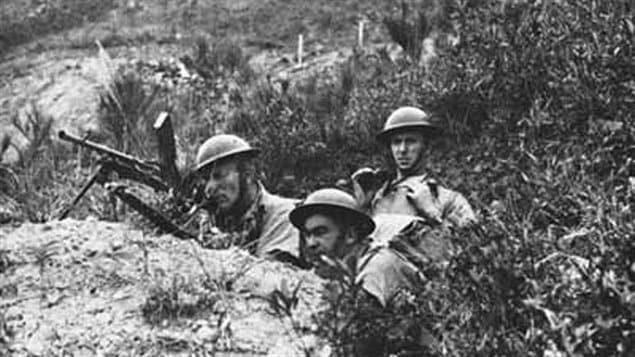Between the wars Britain began to realize that Japan was a growing threat and that its colony on Hong Kong was in danger. This threat grew even larger as Japan attacked and occupied much of China starting in 1937
Initially, British planners said the island could not be successfully defended and reduced the garrison to symbolic size.
In 1941 they changed their mind and asked Canada to send two infantry battalions and headquarters to fortify defences with about 2,000 men.
The two battalions were ill-prepared when they arrived in November, having served only garrison duty in Newfoundland and the other in Jamaica,
On the morning of December 8, just hours after the attack on Pearl Harbour, the Japanese began their invasion of the island. The experienced Japanese troops outnumbered the inexperienced defenders four to one. The immense courage and ability exhibited by the defenders cannot be underestimated.
As the battle raged, the Japanese murdered a number of surrendered soldiers and later tortured and killed sick and wounded solders and civilian hospital staff at the St Stephens College field hospital.
The force held out with water, ammunition and other supplies almost gone, until it proved impossible to continue. Surrender however proved not to be a respite.
For the next three and half years, the Canadian, British and other Commonwealth soldiers suffered extreme brutality at the hands of their captors. Of the 1,975 Canadians who sailed to Hong Kong, more than 550 never returned, and many others were physically and psychologically scarred for life.







For reasons beyond our control, and for an undetermined period of time, our comment section is now closed. However, our social networks remain open to your contributions.